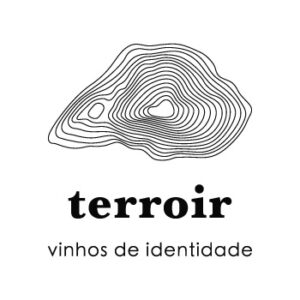The history of Domaine Jacques Selosse is one of deep passion and continuous evolution, deeply rooted in the village of Avize, in the heart of the Côte de Blancs. This family-run estate spans nearly 8 hectares, with vines planted across prestigious crus like Avize, Cramant, Oger, Le Mesnil-sur-Oger, Ay, Mareuil-sur-Aÿ, and Ambonnay.
Anselme Selosse, a pivotal figure in the domain, began his journey in 1964 when his parents carried out their first vinification. By 1974, Anselme took control of the estate and embarked on a career dedicated to continuous learning through observation, trial, error, and deep reflection on his viticulture and winemaking practices. His approach, deeply empirical, has become a defining feature of his style as a winemaker. Between 1990 and 1996, Anselme implemented agro-biology principles in the vineyards, before shifting focus to biodynamics in 1996. However, in 2002, he distanced himself from conventional biodynamic practices. Inspired by Masanobu Fukuoka’s philosophy and the principles of permaculture, Anselme’s focus moved towards a more natural, hands-off approach to viticulture, aligning with his desire to not intervene in nature but to work in harmony with it. His philosophy is encapsulated in the words: “Primum non nocere” — “First, do no harm,” a principle drawn from the Hippocratic Oath.
For the last two decades, Domaine Jacques Selosse has developed its own unique system of viticulture. This approach isn’t based on any fixed method but rather adapts organically to the circumstances of each growing season across the various vineyard plots. Anselme and his son Guillaume often refer to themselves as “gatherers”, drawing inspiration from those who harvest with reverence for nature’s cycles.
As Anselme prepares to pass the baton to the next generation, Guillaume, his son with Corinne, has been actively preparing since 2012 to carry forward the family legacy. In the years spent learning alongside his father, Guillaume has developed his own distinct vision and skills. This transition represents the handover of a passion for wine, vines, and the broader world of fine food and drink, while leaving space for Guillaume to infuse his unique identity into the future of the domain. The passing of the baton at Domaine Jacques Selosse is akin to a relay race, one where passion, integrity, and an open mind will guide the next chapter of the estate’s rich history.
Today, Domaine Jacques Selosse spans 8.3 hectares of vineyards, with the majority planted with old vines that trace their roots back to 1922. The average age of the vines is over 55 years, and these vines are spread across 54 parcels located on highly-rated plots, most of which are Grand Cru.
The dominant grape varietal is Chardonnay, covering 7.3 hectares, primarily located in the Côte de Blancs, including Avize, Cramant, Oger, and Le Mesnil-sur-Oger. The Pinot Noir varietal represents 1.0 hectare, and is grown in Ay, Mareuil-sur-Aÿ (Premier Cru, rated at 99%), and Ambonnay. There are more than 70,000 Chardonnay vines and around 9,500 Pinot Noir vines planted across the estate.
Since 2010, the domain has introduced the “Lieux-Dits” collection, a series of six cuvées, each named after its respective parcel and village of origin. These cuvées offer a unique journey through the Champagne region, allowing wine enthusiasts to explore the diverse characteristics of the wines based on their distinct terroirs. Three cuvées are crafted from 100% Chardonnay and hail from the villages of Cramant (lieu-dit “Chemin de Châlons”), Le Mesnil-sur-Oger (lieu-dit “Les Carelles”), and Avize (lieu-dit “Les Chanteraines”).
The remaining three cuvées are 100% Pinot Noir (with the exception of “Bout du Clos” from Ambonnay, which is composed of 80% Pinot Noir and 20% Chardonnay). These are sourced from the villages of Mareuil-sur-Aÿ (lieu-dit “Sous Le Mont”), Ambonnay (lieu-dit “Le Bout du Clos”), and Aÿ (lieu-dit “La Côte Faron”).


